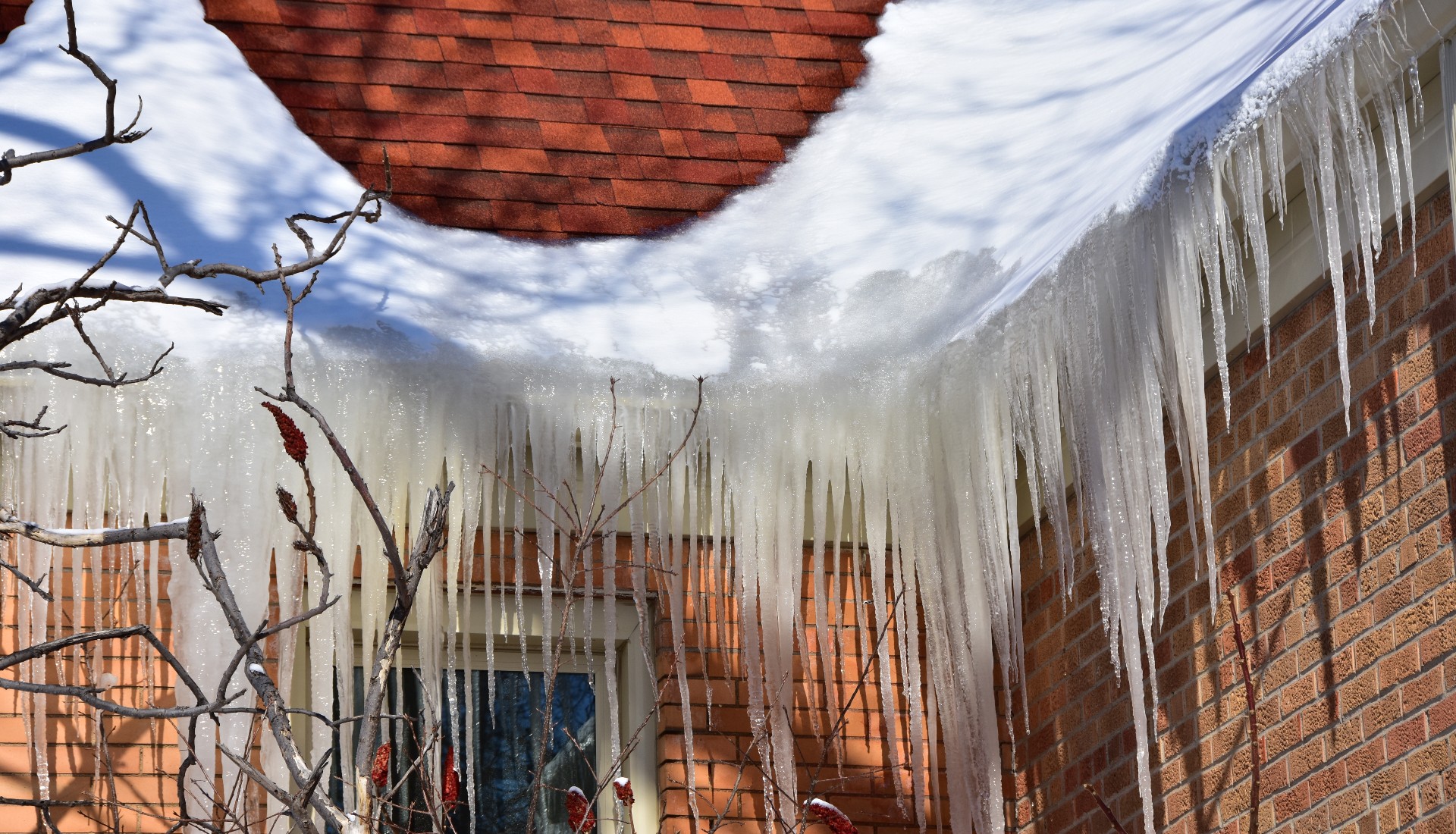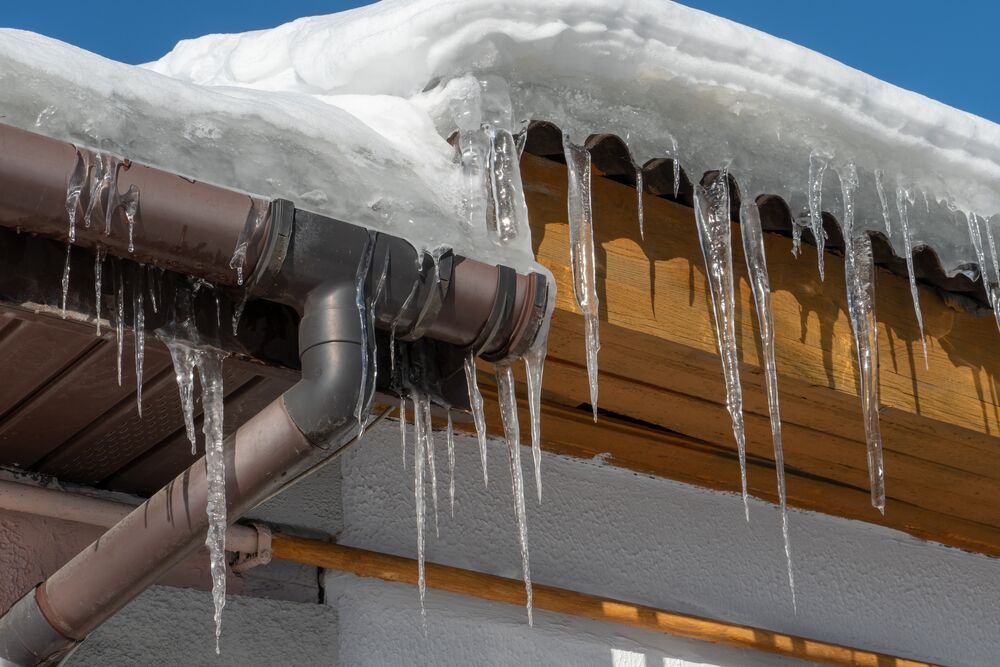Understanding The Relationship Between Icicles And Ice Dams
As winter settles in, many homeowners notice the formation of icicles hanging from their roofs. While they may appear beautiful and enchanting, do icicles mean ice dams? This question is crucial for anyone living in colder climates, as understanding the link between icicles and ice dams can prevent costly damage to your home. In this article, we will explore what icicles are, how they form, and the potential implications they have on your roof and gutters.
Icicles are formed when melted snow from your roof refreezes as it drips down, creating the elongated, pointed formations we often associate with winter. However, this melting snow is often a sign that heat is escaping from your home due to inadequate insulation or ventilation. When the temperature fluctuates, and the sun warms the roof during the day, the snow melts and eventually refreezes, leading to icicle formation. The presence of icicles can indicate a more significant issue lurking beneath the surface - an ice dam.
Ice dams occur when snow on your roof melts and then refreezes at the eaves, creating a barrier that prevents further melting snow from draining off the roof. This trapped water can lead to leaks and significant water damage inside your home. Therefore, if you’re noticing icicles forming, it’s essential to consider whether they are a sign of an underlying ice dam problem. In this article, we will delve into the details of both icicles and ice dams to help you understand their connection and what steps you can take to avoid potential damage.
Read also:The Comprehensive Guide To Understanding And Using A Windows 10 Key
What Are Icicles?
Icicles are formed from the freezing of water that has melted off a roof or other surfaces. They typically appear during winter months when snow is present. The process begins when the snow on the roof melts due to warmth, either from sunlight or heat escaping from the home. As the melted water runs down the roof and reaches a colder area, it freezes, forming icicles.
How Do Ice Dams Form?
Ice dams occur when melted snow flows down the roof but freezes again at the eaves. This happens when the roof is warm enough to melt the snow but the edges are cold enough to cause the water to freeze. Over time, this trapped water can back up under shingles, leading to potential leaks and damage.
Do Icicles Mean Ice Dams?
The presence of icicles can indeed indicate the existence of ice dams. If you see icicles hanging from your eaves, it may mean that warm air from your home is causing the snow to melt, which then refreezes at the colder eaves, creating an ice dam. Therefore, it is essential to examine your roof's condition if you notice icicles, as they may be a warning sign of a larger problem.
What Are the Dangers of Ice Dams?
Ice dams can lead to several issues for homeowners, including:
- Water leaks inside your home
- Damage to your roof shingles
- Mold growth due to trapped moisture
- Structural damage over time
How Can You Prevent Ice Dams?
Preventing ice dams is crucial for maintaining the integrity of your home. Here are some steps you can take:
- Ensure proper insulation in your attic.
- Ventilate your roof to allow moisture to escape.
- Keep gutters clean and free of debris.
- Consider installing a roof rake to remove excess snow.
When Should You Call a Professional?
If you notice significant ice dam formation or icicles that seem to be causing damage, it may be time to call a professional. They can assess your roof and recommend appropriate solutions to prevent further issues.
Read also:Exploring The Captivating Traits Of Ravenclaw Unveiling The Wisdom And Wit
Conclusion: Understanding the Connection Between Icicles and Ice Dams
In summary, while icicles may seem harmless, they can serve as a warning sign for ice dams and potential damage to your home. By understanding the relationship between these two winter phenomena, homeowners can take proactive measures to protect their property. If you notice icicles forming on your roof, take the time to investigate further, and don’t hesitate to reach out to professionals if necessary to ensure the safety and integrity of your home.
Article Recommendations


